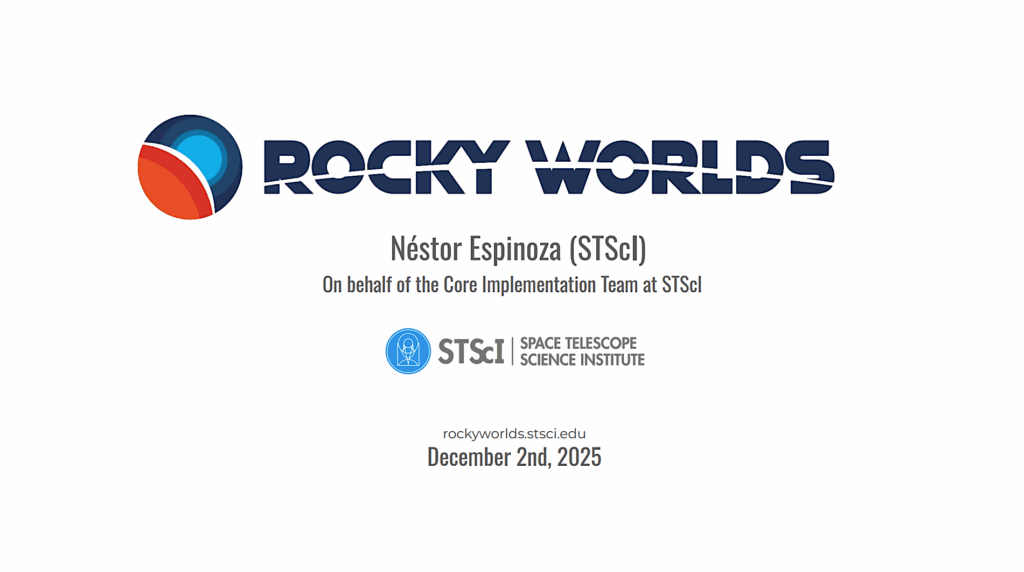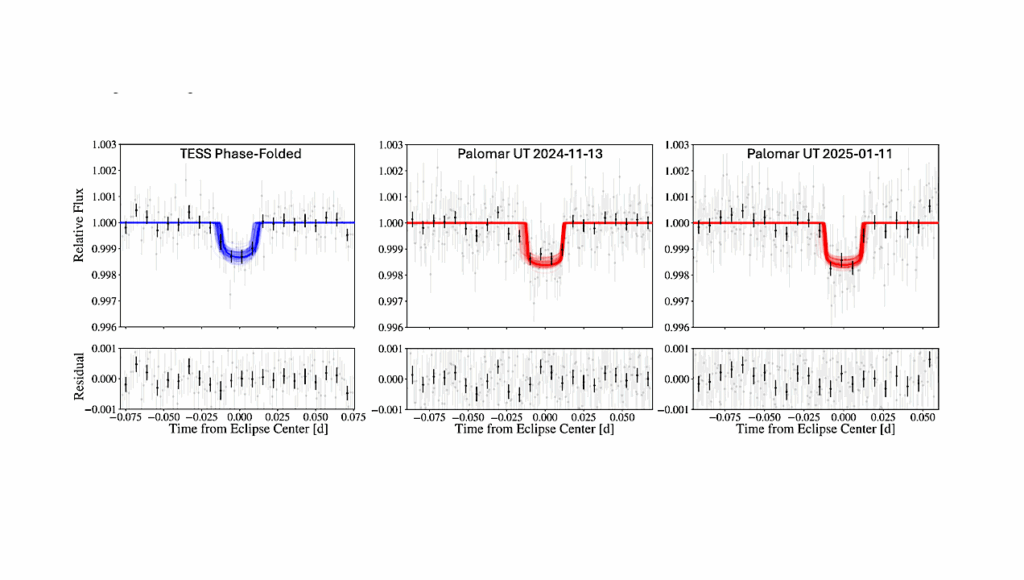A Readily Implemented Atmosphere Sustainability Constraint for Terrestrial Exoplanets Orbiting Magnetically Active Stars

With more than 4,300 confirmed exoplanets and counting, the next milestone in exoplanet research is to determine which of these newly found worlds could harbor life.
Coronal Mass Ejections (CMEs), spawn by magnetically active, superflare-triggering dwarf stars, pose a direct threat to the habitability of terrestrial exoplanets as they can deprive them from their atmospheres. Here we develop a readily implementable atmosphere sustainability constraint for terrestrial exoplanets orbiting active dwarfs, relying on the magnetospheric compression caused by CME impacts.
Our constraint focuses on a systems understanding of CMEs in our own heliosphere that, applying to a given exoplanet, requires as key input the observed bolometric energy of flares emitted by its host star. Application of our constraint to six famous exoplanets, (Kepler-438b, Proxima-Centauri b, and Trappist-1d, -1e, -1f and -1g), within or in the immediate proximity of their stellar host’s habitable zones, showed that only for Kepler-438b might atmospheric sustainability against stellar CMEs be likely.
This seems to align with some recent studies that, however, may require far more demanding computational resources and observational inputs. Our physically intuitive constraint can be readily and en masse applied, as is or generalized, to large-scale exoplanet surveys to detect planets that could be sieved for atmospheres and, perhaps, possible biosignatures at higher priority by current and future instrumentation.
Evangelia Samara, Spiros Patsourakos, Manolis K. Georgoulis
Comments: Accepted for publication by ApJ Letters
Subjects: Earth and Planetary Astrophysics (astro-ph.EP); Solar and Stellar Astrophysics (astro-ph.SR)
Cite as: arXiv:2102.07837 [astro-ph.EP] (or arXiv:2102.07837v1 [astro-ph.EP] for this version)
Submission history
From: Evangelia Samara
[v1] Fri, 12 Feb 2021 13:04:09 UTC (4,054 KB)
https://arxiv.org/abs/2102.07837
Astrobiology,








